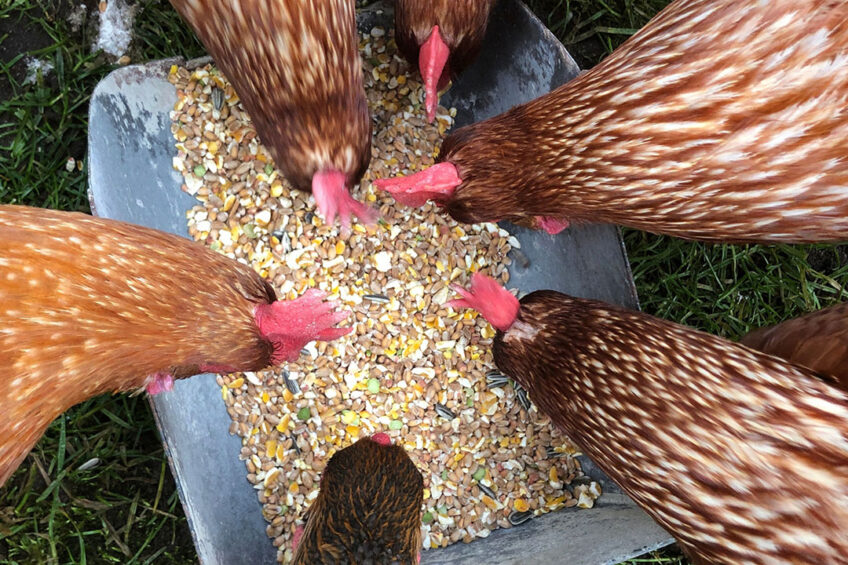Feeding recycled food waste enhances feed efficiency in laying hens

Research has shown that feeding recycled food waste to laying hens between 24-43 weeks boosted feed efficiency.
With increasing interest in utilising food waste as an animal feed due to its potential benefits in reducing feed costs and the environmental footprint, researchers say this study could help boost global food security.
A third of food produced becomes waste
It is estimated that about one third of all food produced globally is lost as waste, causing a loss globally of $1 trillion annually. The global warming potential caused by 1 ton of food waste in landfill is more than 5 times than that of recycling food waste into dry animal feed.
The study
The study examined the efficacy of recycled food waste-based feed for laying hen performance, egg quality and nutrient digestibility.
Hy-line Brown hens (n=150) were randomly distributed to 3 dietary treatments with 50 replicate cages of a single bird per treatment between 24-43 weeks.
The treatments were:
- a standard/control feed based on wheat, sorghum and soybean meal,
- a recycled food waste-based feed and
- a 50:50 blend of control and food waste-based feed.
Results
Hens offered the food waste-based diets had similar egg weight, hen day egg production and egg mass but lower feed intake and higher efficiency, compared to those fed the control diets (P<0.001).
Hens faced the food waste diets also exhibited lower shell breaking strength and shell thickness at week 34 and high yolk colour score and higher fat digestibility compared to the control treatment at week 43 (P<0.01).
The researchers, led by Professor Hiep Dao, from the School of Environmental and Rural Science at the University of New England, Australia, concluded that feeding the recycled food waste-based feed maintained egg production while improving feed efficiency compared to the control feed.
Further studies needed on nutrient digestibility
Further study is needed to determine the nutrient digestibility, calcium and phosphate availability and optimal particle size of the food waste streams and the economic efficiency of feeding food waste-based diets to facilitate a precise feed formation for commercial use.











